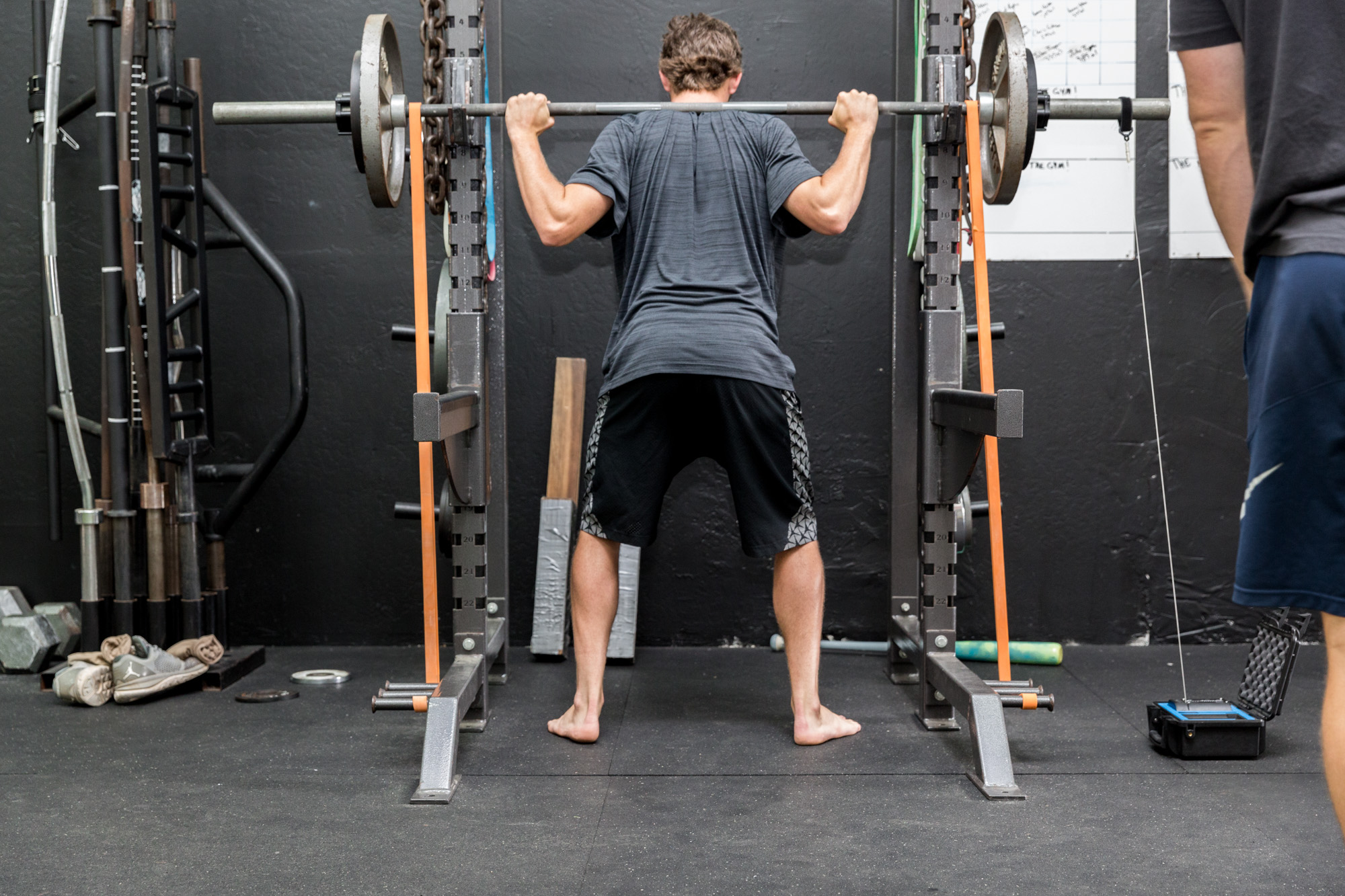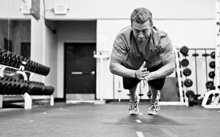Long Term Development of Youth Baseball Players
The best ways to maintain long-term development of youth baseball players has been getting a little confusing over the past few years. The internet has granted coaches at all levels access to really advanced training methods. Band accelerated jumps, band resistant squat jumps, weighted ball programs, resisted and accelerated sprint work, and high speed high force med ball exercises are now all extremely common in training programs for athletes of all levels; from the beginners to the pros that have been training for 15 years. This info, although awesome to be out there, is in my opinion a double edge sword, and hindering the actual long term development of the youth baseball players of the country.
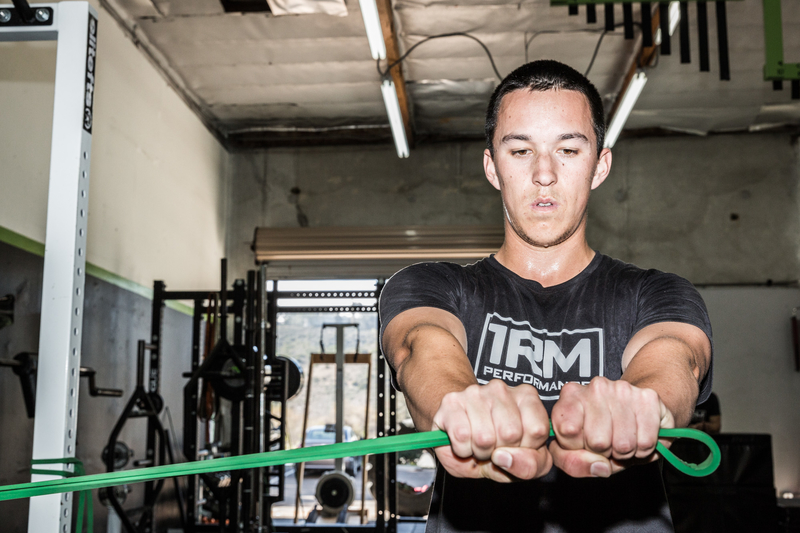
Coaching 101
Coaching and development should be a process. We need to make sure we as coaches, as well as our athletes understand this. The constant video highlights coaches post of throwing velocities that kids reach using different weighted ball techniques and loads in season is an example of missing the point of training. It’s like a pissing contest to see who can use a weighted ball to get the best results. Let’s stop and look at this for a second…you just posted a video of a starting pitcher going through an aggressive weighted ball program between a start!
As cool as it might seem, the most common injuries in baseball are OVERUSE injuries of the shoulder, elbow, and low back. As a coach the goal is to DEVELOP athletes, and DECREASE risk of injuries, not to decrease their ability to recover between starts INCREASING an athletes risk for injury. Saying you do weighted ball might get an athlete into your facility, but weighted balls between starts, will pull them out of their season! I’m not totally bashing weighted balls because i do believe they are powerful and deliver results. I just think they are way over prescribed and shouldn't be the first choice for improving throwing velocity. They're most appropriately used as a compliment to training and need to be programmed at appropriate times. This goes for all the fanciest high stress training options. I could have easily talked about absurd squat protocols, absurd conditioning programs, and absurd workouts period, but weighted balls are on my mind!
Training for a Future
We need to do a better job of setting our youth baseball players up for long term athletic development. As a coach, you are in the business of helping athletes continue to progress, to prolong a career, and to develop an athlete to be the most bad ass athlete they can be. I say this time and again; the athletes that make it in professional sports are the best athletes. Period. They are the most powerful, some of the best movers, have the potential to be the strongest, are wired like none other, and SOME are some of the hardest workers you will ever meet. These are the attributes we need to be developing!!!

If you want to be, or you want your kids to be a professional athlete, the key is to build a professional athlete! This means be in the .01% of power, the one .01% of speed, the one .01% of coordination and the .001% of work ethic. In the last article I wrote Power Output and Baseball Performance, I discussed the correlations I’ve found between lower body power and throwing velocity. In the article, it was the 9 ft broad jump, 30inch vertical jump, and laser timed 10 in the 1.5s (with a little wiggle room relative to body weight) that equal to an athlete throwing 90 mph and greater. And no, there is no weighted ball program thrown in there along the way! ;-)
The athletes I highlighted only show a snapshot in time of where they are from a long-term programming perspective. If I would have written that article 6 months ago, all the power numbers and throwing velocities would have been less. In 6 months from now, all those number will be even greater! Within the walls of my gym, I believe we do an incredible job of programming for continued develop. Although we have some bells and whistles, and have the potential do use advanced training methods, we start simple and build to advanced.
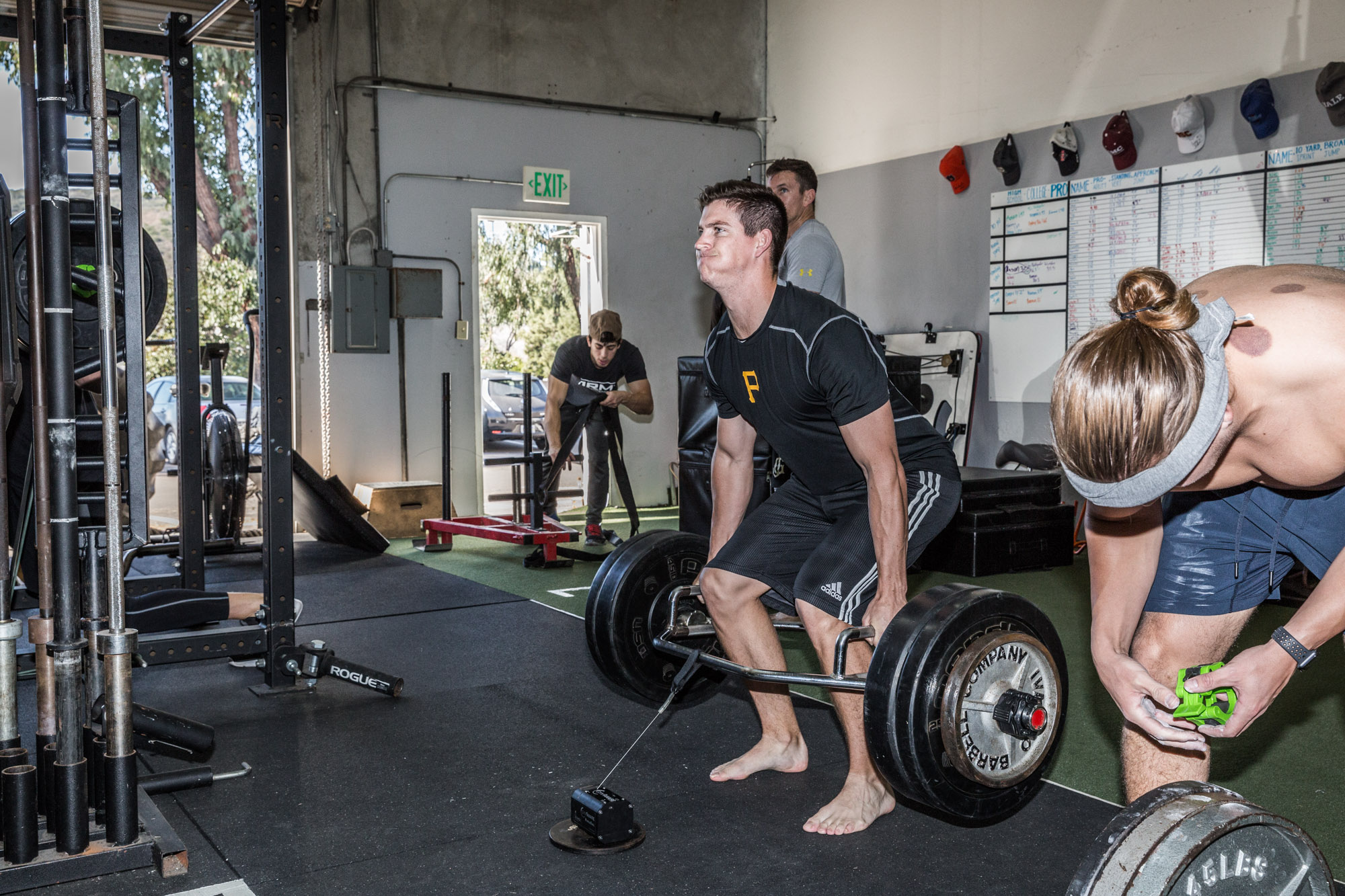
As organisms we are designed to adapt to stress. By slowly adding to the stress and manipulating the variety of stress, we create an environment that allows for continual adaptation. From the thousands of hours we’ve spent in the gym, I’ve found that three-week or four week blocks of training are ideal for long term adaptation to occur.
Training Intensity and examples of training Blocks
The key for development to start simple and build additional stress into each additional training block. When an 8th grader walks into my doors, I plan for at least 4 more years of training with him or her. This means start with very basic exercise choices, basic exercise reps and sets schemes, basic exercise combinations, and TEACH the shit out of the exercises that I consider to be the corner stones of training and movement on and off the field.
Here’s a quick example of how we program from basic to more advanced lower body training
Week 1-3 high volume low intensity (just weight sets of 3-4 sets of 8-12 rep)
Week 4-6 moderate volume moderate intensity (just weight sets of 3-4 sets of 6-12 reps)
Week 7-9 moderate volume higher intensity (3-5 sets of 4-6 reps)
Week 10-12 moderate volume moderate intensity with basic jumps 3-5 sets of 6-12 reps with contrast work via basic jumps with low volume)
Week 13-15 moderate volume higher intensity basic jumps (3-5 sets of 4-6 reps with contrast work via basic jumps with low volume)
Through this basic 15 weeks of training, athletes will be running faster, have better change of direction, jump high, jump further, and will have an increase in throwing velo and power at the plate. I know this for a fact because I see it every single week!
Where to next
From here – the path we take is dependent on the athlete in front of me and any big upcoming events. Our options range from Velocity Based Training, which will give me 24 more weeks of completely different stressors. We could transition to more of a conjugate method using a max effort and dynamic effort days, we could switch everything to box squatting, we could use bands and chains for accommodating resistance, we could start manipulating tempos similar to Cal Dietz’s Triphasic, we could use different bars that create different stress, we could do everything on bosuballs (100% kidding here, we don’t have any of them)…honestly it’s limitless!
In my eyes, it’s easy to keep athletes progressing and developing. We could literally have kids train for years, and never do the same thing twice! Variety, within the arena of thought out programming, monitored stress, and quality movement is king when it comes to long term progress and development.
Why We Take This Approach to Performance
As previously stated, baseball players suffer from nearly all overuse injuries. When you have the opportunity to throw harder and hit balls further, while decreasing the risk of overuse injuries and actually building resiliency in tissue and movement abilities with out throwing or hitting, DO IT. Long-term development of a baseball player requires a coach to build stronger, better moving, and more powerful athletes.
Being a throwing athlete myself, having had Tommy John surgery, I can speak to development of the throwing athlete first hand. The only time my elbow would bother me was when I was throwing. Granted a Javelin is 800 grams so it exposes mechanical flaws faster, but the fact remains that it was throwing that caused my UCL issues. Ask any pitcher or throwing athlete when they have aches and pains, odd are it’s when throwing! This is often what drives me the most nuts about athletes and coaches over programming of all the weighted ball programs.
At 1RM Performance, we are committed to the development of an athlete, and understand that training is a process. Yes there are times where an athlete makes drastic improvements over night, but that is a result of a correction in movement mechanics or technique within certain exercises and drills. As impressive as quick fixes are, that’s not what training should be about. It’s the process!
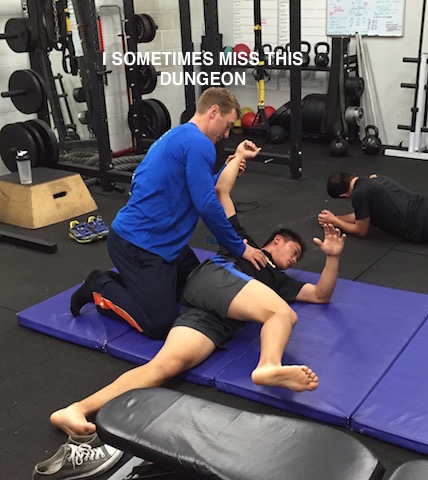
Improving how we develop the youth baseball community is the best way to decrease the over use injuries were seeing associated with early specialization in sport. When baseball is 24/7/365 like it is today I think we need to step away from the field when there aren’t any games on the schedule. Instead enter a world that can make your next trip out to the field even better! Playing baseball at the highest levels in a journey that can’t be completed over night. Develop the tools on and off the field to make sure you develop throughout the entire process!
